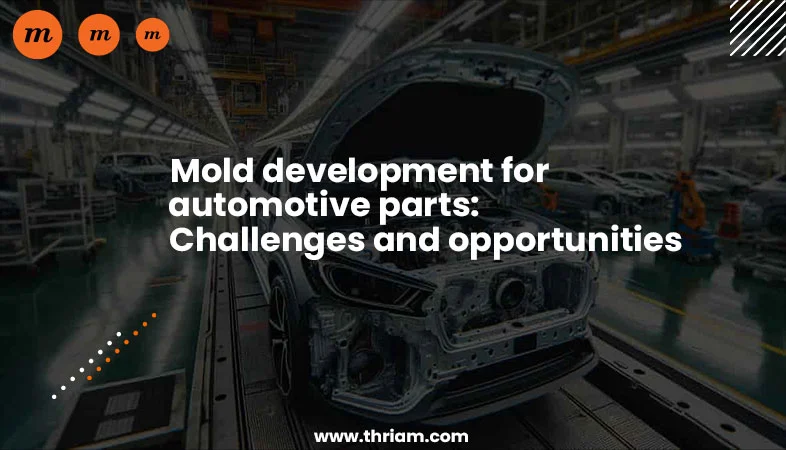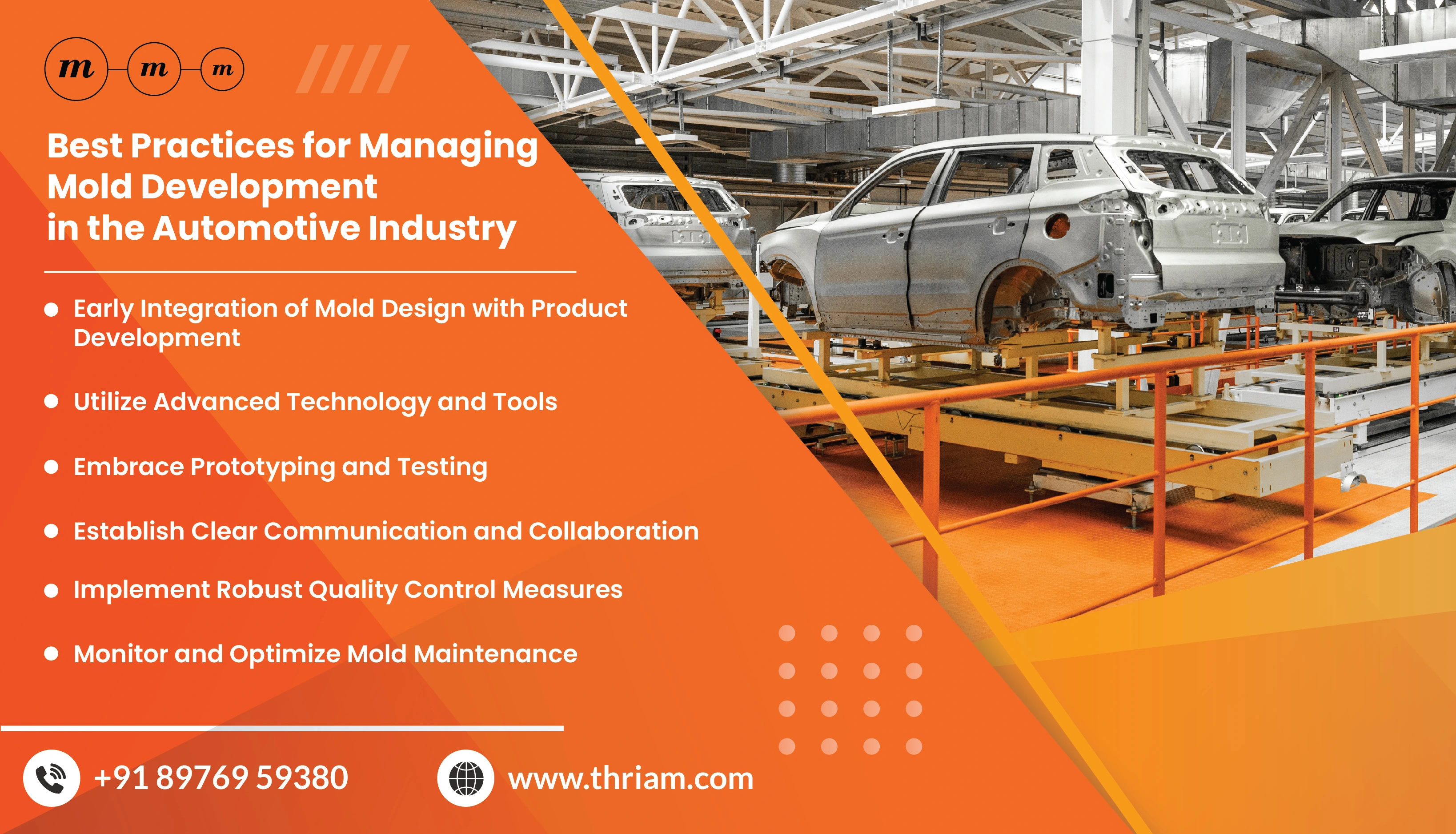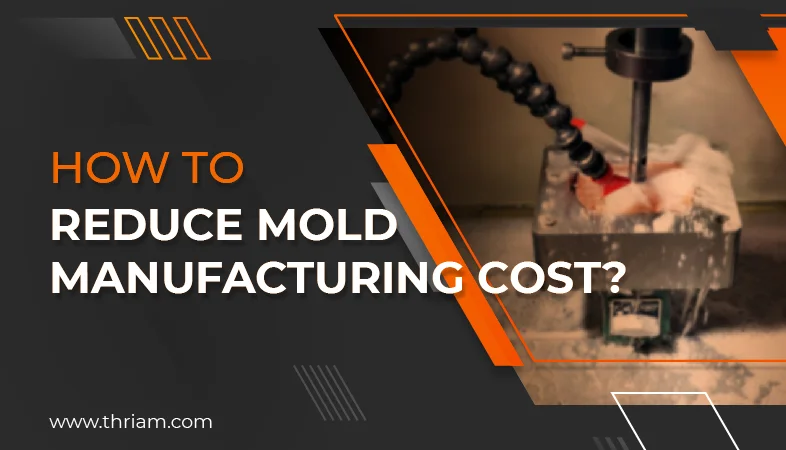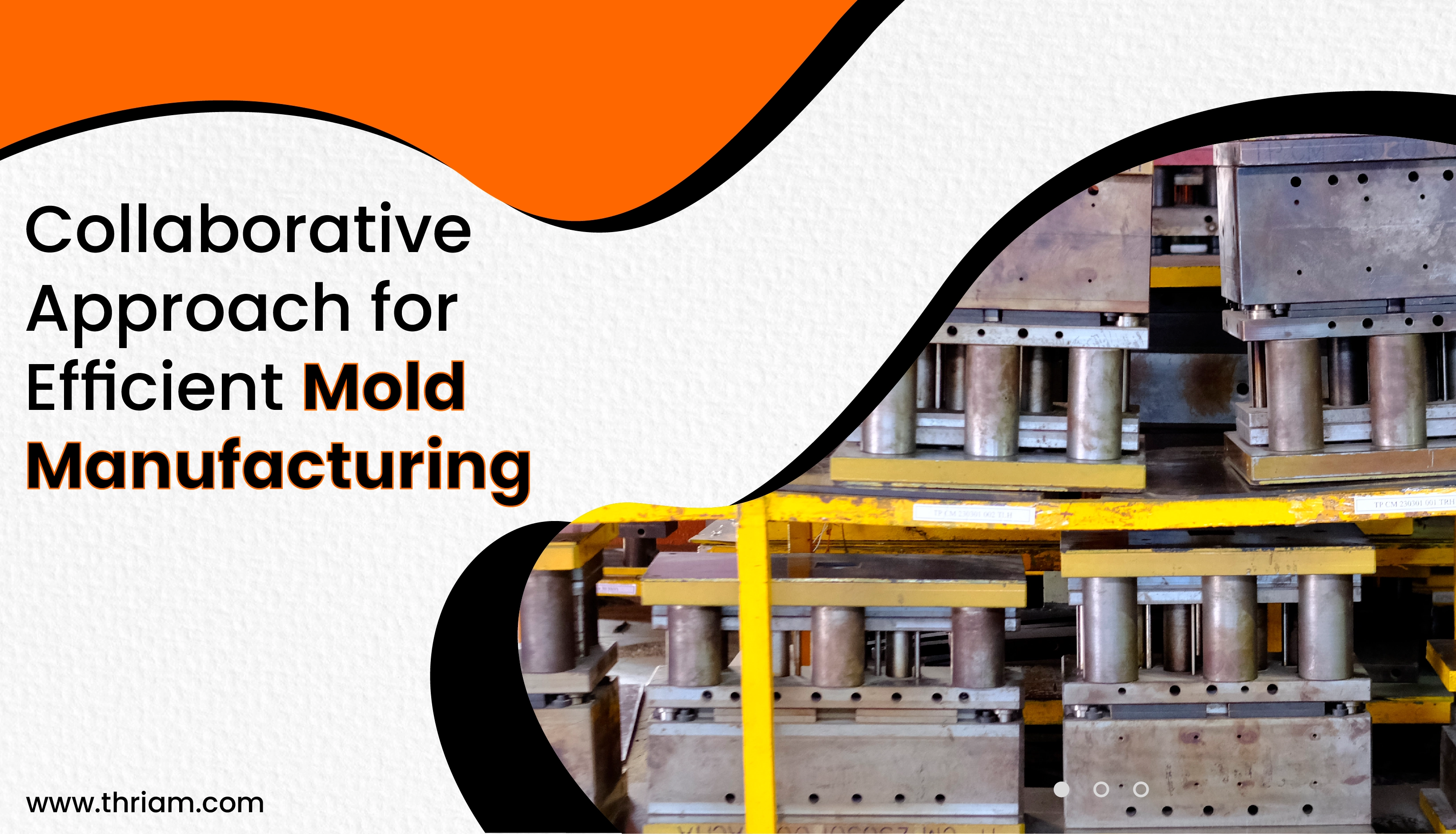Unveiling the Challenges and Opportunities in Managing Mold Development in the Automotive Industry

Introduction:
The automotive industry heavily relies on mold development for the production of various components. Mold development plays a critical role in shaping and manufacturing these components, ensuring precision, quality, and consistency. Without efficient mold development processes, the automotive industry would face significant setbacks in its manufacturing operations.
Mold development involves the creation of molds or tooling that are used to cast or shape various automotive components such as body panels, interior parts, engine components, and more. These molds are essentially templates that provide the exact dimensions, contours, and surface finishes required for each component.
In this blog post, we will explore the challenges faced by the automotive industry in mold development and the opportunities available to overcome them.
Challenges in Mold Development in the Automotive Industry:
Cost Management:
One of the major challenges in mold development for the automotive industry is cost management. Mold development involves significant expenses, including design, manufacturing, and testing. Companies need to find a balance between keeping the costs under control while ensuring the quality and efficiency of the molds. This can be particularly challenging due to the complex and demanding requirements of automotive components.
Time Constraints:
Time constraints are another significant challenge in managing mold development in the automotive industry. The industry operates within strict timelines to meet market demands. However, the process of mold development often takes longer than anticipated. Design iterations, prototyping, and testing can contribute to delays, impacting overall productivity and profitability.
Complex Design Requirements:
Automotive components require high precision and accuracy in their design and dimensions. Designing molds that can meet these complex requirements is a significant challenge. Mold development in the automotive industry involves intricate designs, close tolerances, and the ability to replicate complex shapes. Ensuring that molds can achieve these specifications requires expertise and advanced manufacturing techniques.
Quality Control:
Maintaining consistent quality in mold development is a critical challenge for the automotive industry. Even minor defects in molds can lead to significant issues in the final component production. Companies must establish robust quality control protocols to ensure that molds meet the required standards. This includes thorough inspection and testing at various stages of mold development to identify and rectify any issues.
Supply Chain Management:
Effective supply chain management is crucial for successful mold development in the automotive industry. Collaboration and coordination between mold designers, manufacturers, and suppliers are essential for timely delivery of molds and materials. Delays or disruptions can have a cascading effect on the overall manufacturing process, leading to increased costs and potential production bottlenecks.
Opportunities Available for Better Mold Management:
Implementing Digital Solutions:
Advancements in digital technology offer immense opportunities for better mold management. Automotive companies can leverage digital solutions such as mold management software, cloud-based platforms, and data analytics tools to streamline and optimize their mold management processes. These digital solutions enable efficient mold design and development, real-time data monitoring, automated maintenance reminders, and performance analytics. By embracing digital solutions, companies can enhance productivity, minimize errors, and make data-driven decisions for better mold management.
Investing in Additive Manufacturing:
Additive manufacturing, commonly known as 3D printing, presents exciting opportunities for mold management in the automotive industry. Instead of traditional mold fabrication methods, automotive companies can use additive manufacturing to create custom molds quickly and cost-effectively. This technology allows for rapid prototyping, design iterations, and even on-demand production of molds. With additive manufacturing, companies can reduce lead times, optimize designs, improve part quality, and enhance overall mold management efficiency.
Embracing Automation and Robotics:
Automation and robotics play a significant role in enhancing mold management processes. Automotive companies can automate various tasks such as mold inspection, cleaning, and maintenance using robotic systems. These systems can perform repetitive tasks with high precision and consistency, reducing the risk of human error and improving overall efficiency. Automation also enables real-time data collection and analysis, allowing companies to proactively monitor mold performance and identify potential issues before they impact production.
Adopting Predictive Maintenance Techniques:
Traditionally, mold maintenance has been performed on a predetermined schedule. However, by adopting predictive maintenance techniques, automotive companies can shift from time-based maintenance to condition-based maintenance. By monitoring various parameters like temperature, vibration, and performance data, companies can predict when maintenance is required and take proactive measures to prevent mold failures. Predictive maintenance ensures optimal mold performance, reduces the risk of unplanned downtime, and prevents costly repairs.
Enhancing Collaboration and Knowledge Sharing:
Effective collaboration and knowledge sharing between different teams involved in mold management can significantly improve efficiency and effectiveness. Automotive companies can facilitate collaboration by implementing software tools for sharing design files, project updates, and feedback. Cross-functional teams, including mold designers, engineers, manufacturers, and quality control personnel, should engage in regular meetings, workshops, and training sessions to exchange knowledge and best practices. Improved collaboration fosters innovation, problem-solving, and continuous improvement in mold management processes.
Implementing Continuous Improvement Initiatives:
Continuous improvement is essential for better mold management. Automotive companies should encourage a culture of continuous improvement where employees are encouraged to identify areas for enhancement, experiment with new techniques, and share their ideas. Implementing lean manufacturing principles, conducting regular process audits, and soliciting feedback from employees can help identify opportunities for optimization and drive continuous improvement efforts in mold management.
Best Practices for Managing Mold Development in the Automotive Industry:

Early Integration of Mold Design with Product Development:
One of the key best practices is to integrate mold design early on in the product development process. This allows mold designers to collaborate closely with product designers, engineers, and other stakeholders to understand the design requirements and identify any potential challenges or issues. By involving mold designers from the beginning, companies can optimize the design for manufacturability, reduce iterations, and minimize costly design changes later in the development cycle.
Utilize Advanced Technology and Tools:
Leveraging advanced technology and tools can significantly enhance mold development processes. Computer-aided design (CAD) software helps in creating precise mold designs, allowing for high accuracy and efficiency. Additionally, simulation tools enable virtual testing and validation of mold designs, saving time and costs associated with physical prototypes. Companies should invest in these technologies to streamline mold development and improve overall productivity.
Embrace Prototyping and Testing:
Prototyping and testing play a vital role in managing mold development effectively. Automotive companies should prioritize the creation of prototypes to validate the mold design, functionality, and performance. Physical prototypes allow for real-world testing, identifying any necessary modifications or improvements early on. By conducting thorough tests and refining the design iteratively, companies can reduce the risk of issues during mass production and ensure optimal mold performance.
Establish Clear Communication and Collaboration:
Effective communication and collaboration between stakeholders involved in mold development are crucial for success. Clear lines of communication should be established between mold designers, manufacturing teams, quality control personnel, and suppliers. Regular meetings, project updates, and transparent information sharing enable timely resolution of issues, minimizes delays, and improves overall efficiency. Collaboration platforms and project management tools can also aid in streamlining communication processes.
Implement Robust Quality Control Measures:
Quality control is paramount in mold development for the automotive industry. Automotive companies should implement robust quality control measures at each stage of mold development, including inspections, testing, and validation. These measures ensure that molds meet the required specifications and produce components of high quality. Regular audits and process checks help in maintaining consistency and identifying areas for improvement in mold development.
Monitor and Optimize Mold Maintenance:
Proper mold maintenance is crucial for their longevity and performance. Regular monitoring, cleaning, and maintenance of molds should be incorporated into the mold management process. By identifying and addressing issues early on, automotive companies can prevent costly breakdowns, increase mold lifespan, and optimize production efficiency.
Conclusion
Managing mold development in the automotive industry comes with its own set of challenges, but by embracing technological advancements, fostering collaboration, and implementing best practices, companies can overcome these hurdles. Effectively managing mold development not only reduces costs and lead times but also ensures high-quality components for the automotive sector. By staying proactive and embracing innovation, companies can stay ahead in this competitive industry.
Remember, successful mold management requires a commitment to continuous improvement and a focus on collaboration and communication. By investing in these areas, the automotive industry can seize the opportunities available and pave the way for efficient and cost-effective mold development.



